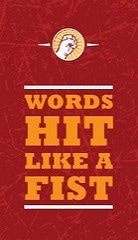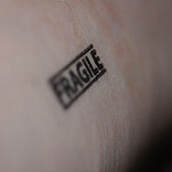Suicide Prevention Resources
From the Mighty
If you are feeling suicidal, there is hope.
You can call the National Suicide Prevention Lifeline 24/7 at 1-800-273-8255.
You can reach the Crisis Text Line 24/7 by texting “START” to 741-741.
You can call The Trevor Project, an LGBT crisis intervention and suicide prevention hotline, 24/7 at 1-866-488-7386.
Head here for a list of crisis centers around the world.
For additional resources go to the American Foundation for Suicide Prevention.
You can read the following stories from people who’ve been there:
- If You Feel Like You’re ‘Losing’ to Your Mental Illness, This Is Your Reason to Stay
- For When Your Only Thought Is Suicide
- My Kit for Surviving Suicidal Feelings
- The Difference Between Wanting to Die and Wanting the Pain to Stop
- Dear Suicidal You
And for additional messages of hope, click here.
You are not alone.


 RSS Feed
RSS Feed